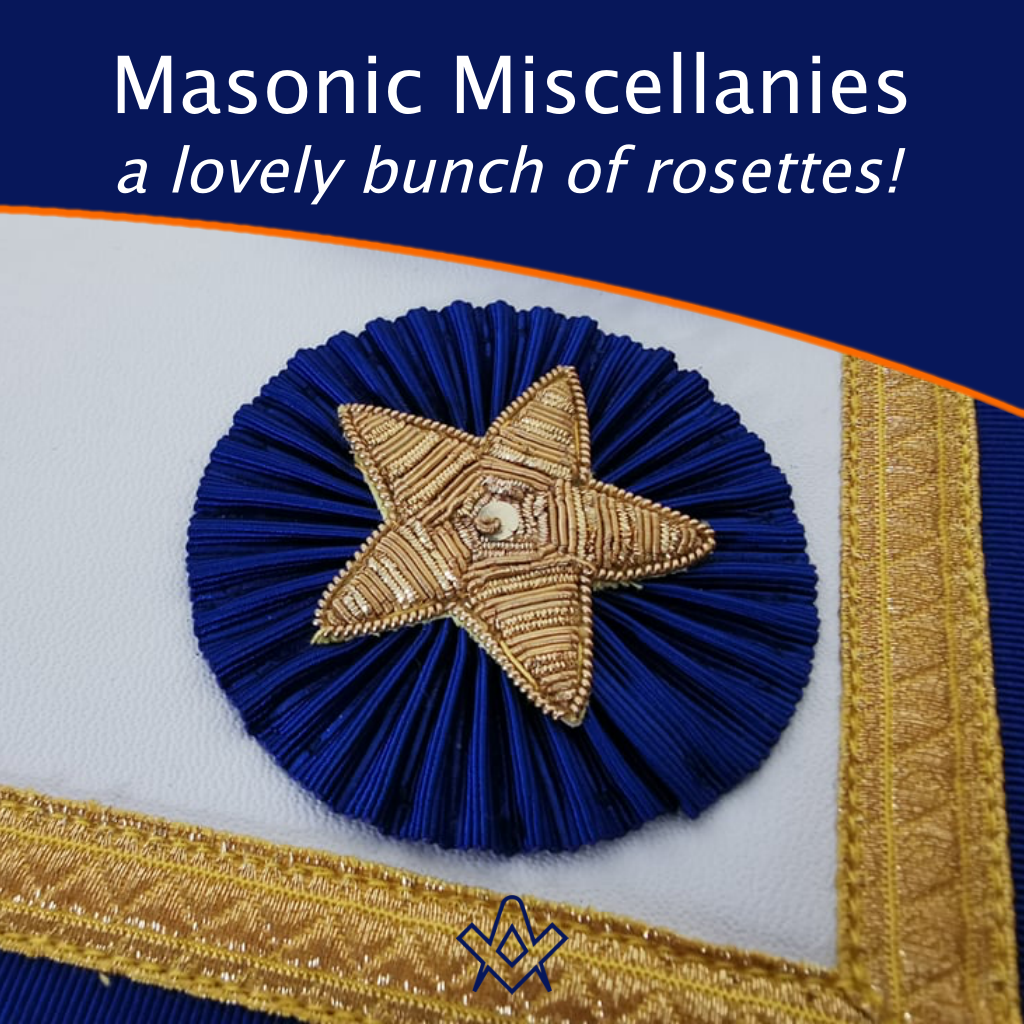A piece by Hugh O’Neill in another article in this issue – ‘Ashlar Chippings’ – made me wonder more about rosettes on aprons.
So, I got in touch with a few friends and they very kindly took photos of the beautiful rosettes on their aprons of various Orders.
Huge thanks to Simon Polkinghorne, Wayne Owens, James Palmer, and Paul Gardner for use of their photos.
According to Hugh O’Neill, there is not much information on the origin of the use of rosettes on Masonic aprons; but he does state that:
they came into use soon after the time of the Union of the two Grand Lodges in 1813, simply to distinguish the different grades of the Brethren, much as the sleeve stripes of NCOs in the army.
Before the Union, aprons were often just plain white or highly decorated, at the whim (and the purse!) of the wearer.
The earliest example of aprons with rosettes in the Museum at Great Queen Street, London, date from about the time that the United Grand Lodge made the ruling in May 1814.
Another snippet I found was from the website of Freemasons Victoria, where RWBro Otto Klotz (The Craftsman, Canada – 2007) discusses the meaning of the three rosettes – he writes:
that the master Mason has thrice been obliged to Fidelity, to Secrecy, and to Silence – Fidelity to the Craft, Secrecy as regards our sacred Secrets, and Silence as to the proceedings of the Lodge, which should never be disclosed to the profane.
CRAFT APRONS
The first examples of rosettes are ones most of us immediately recognise – they are shown on the Master Mason apron; the ones depicted are from various eras:
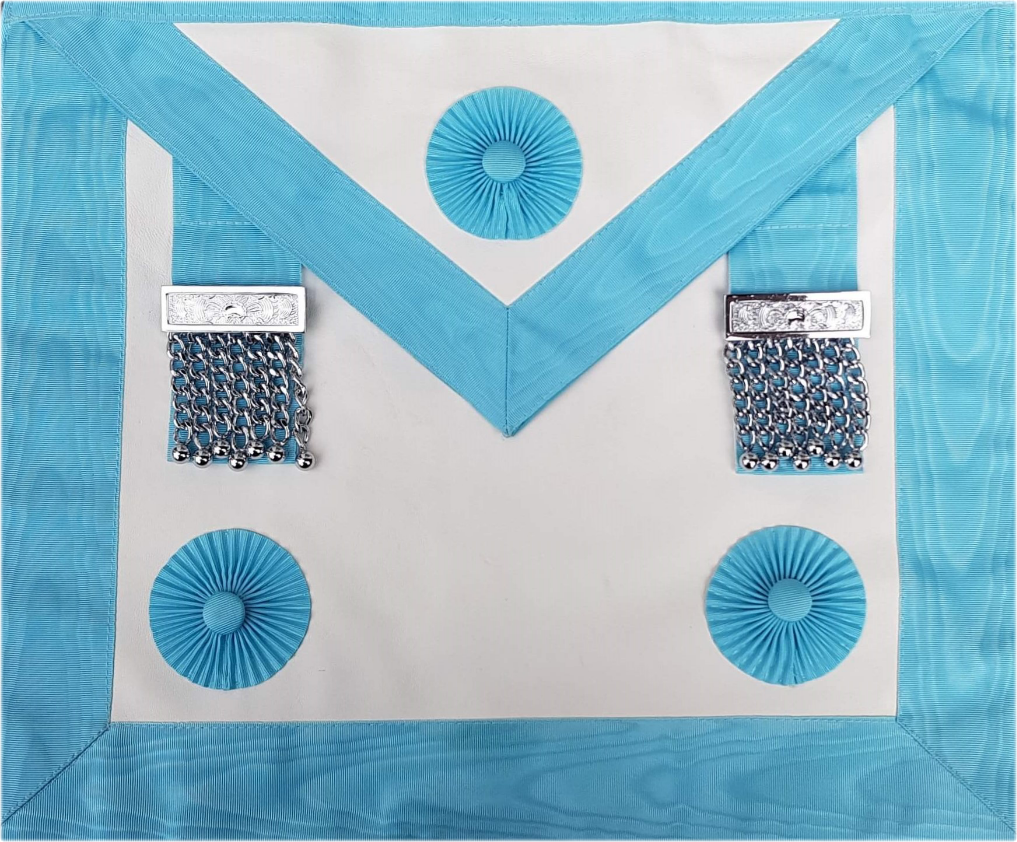
Master Mason apron
Photo © Wayne Owens
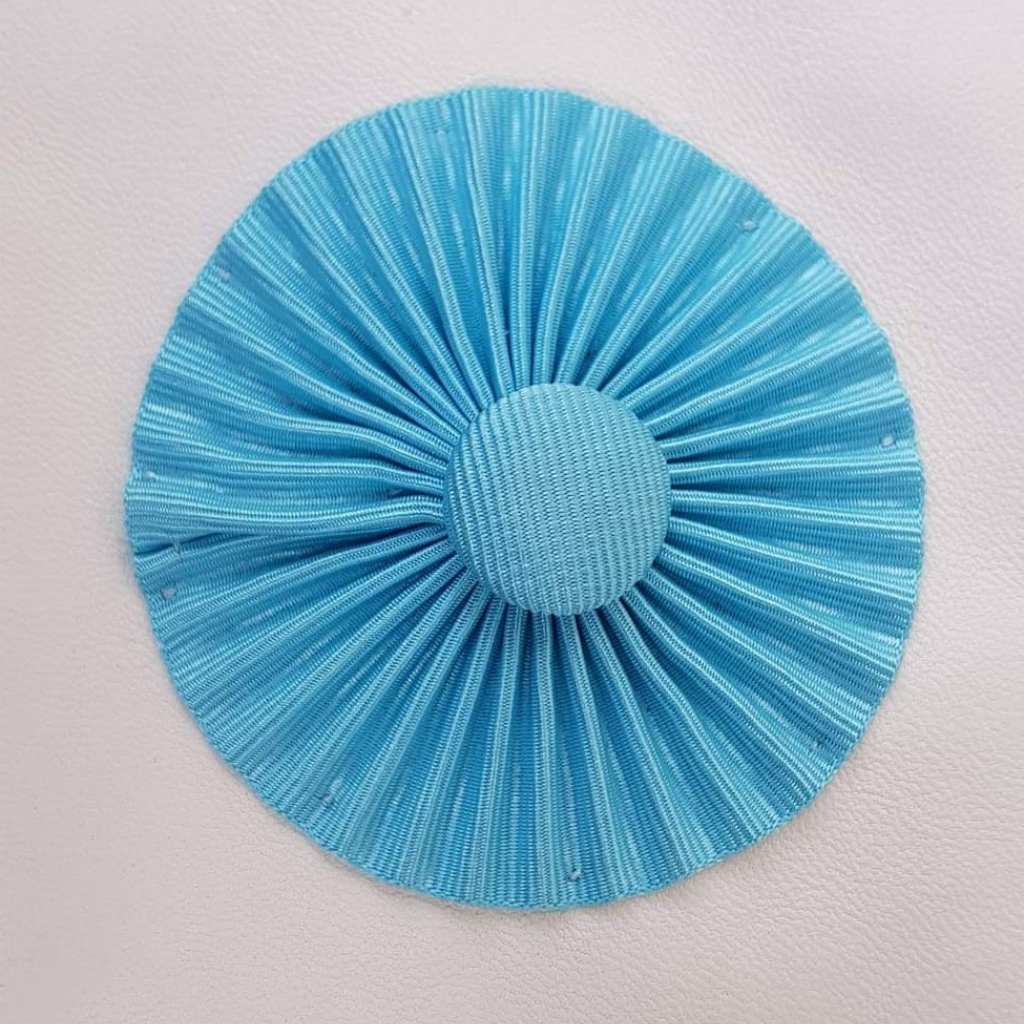
Details of rosette
Photo © Wayne Owens
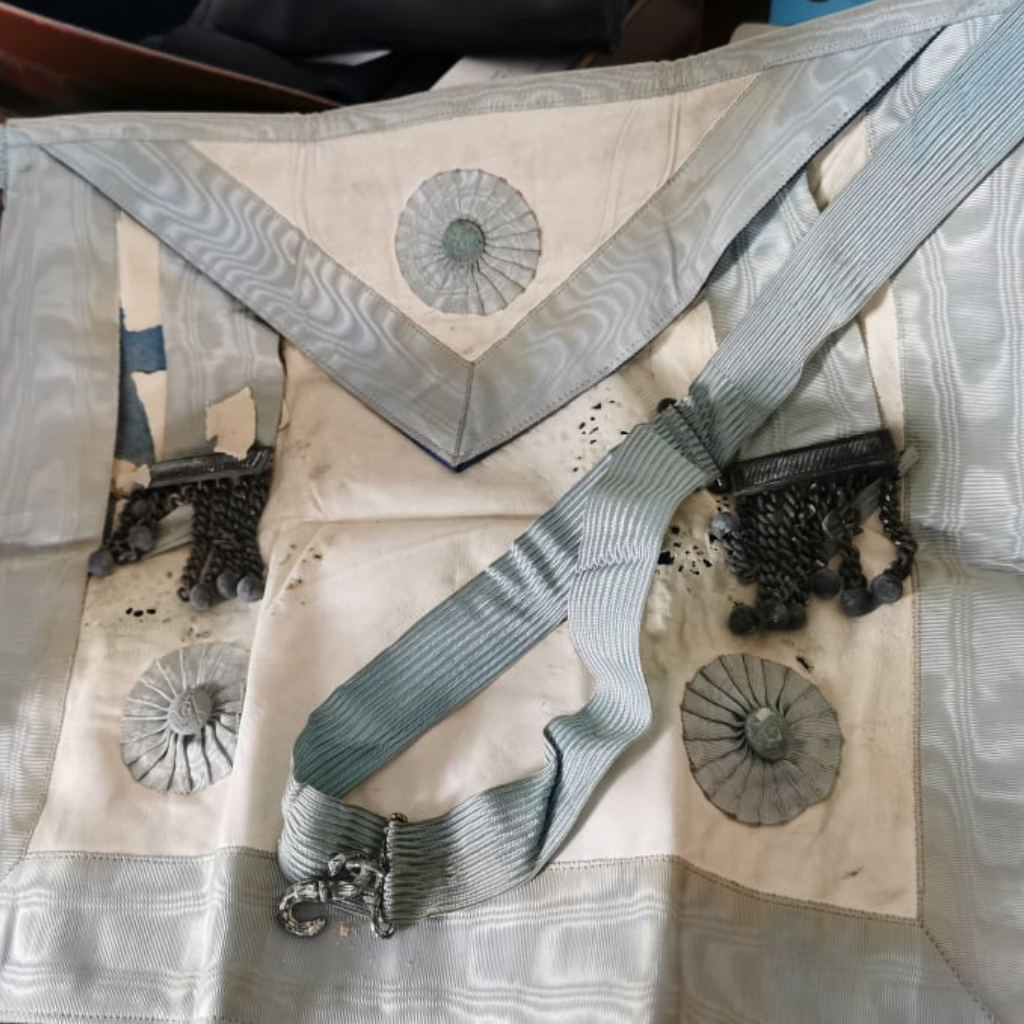
Antique apron
Photo © James Palmer
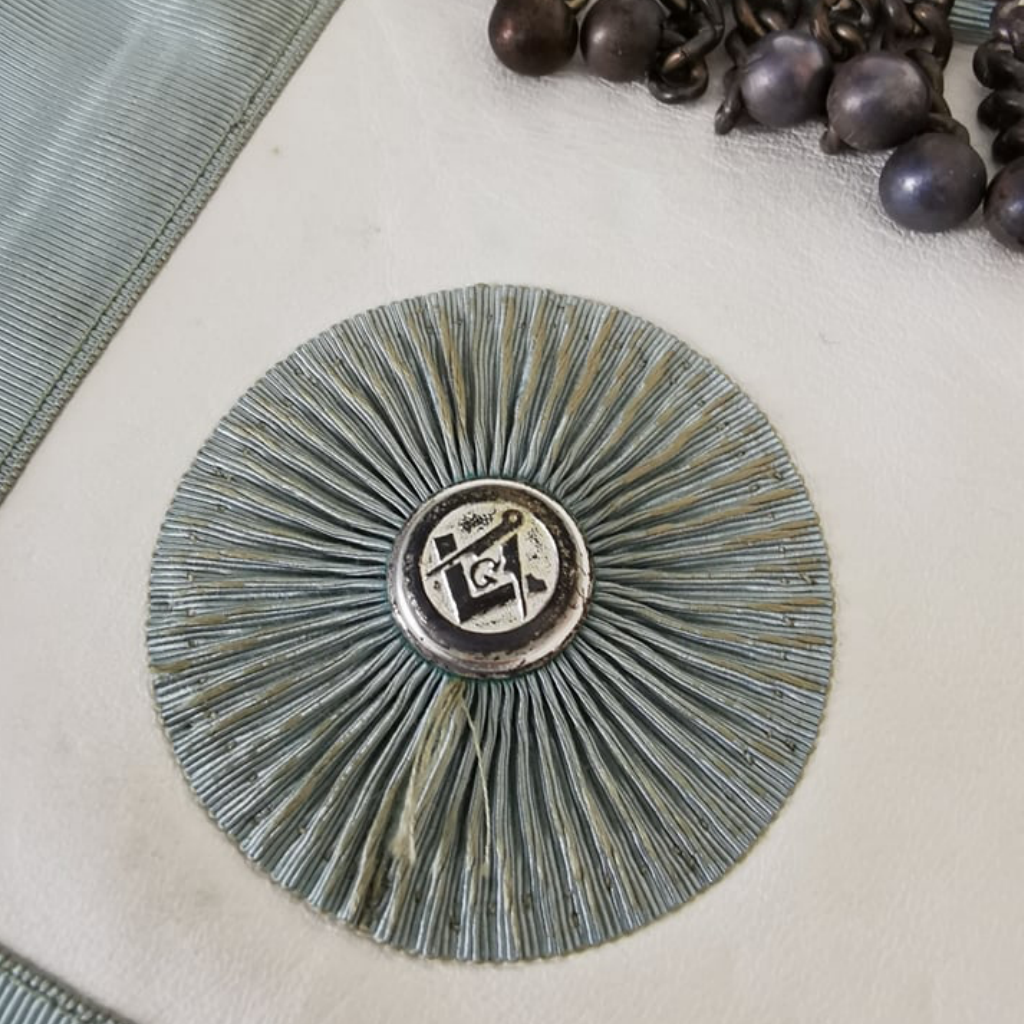
Detail of rosette with metal embossed emblem in centre
Photo © James Palmer
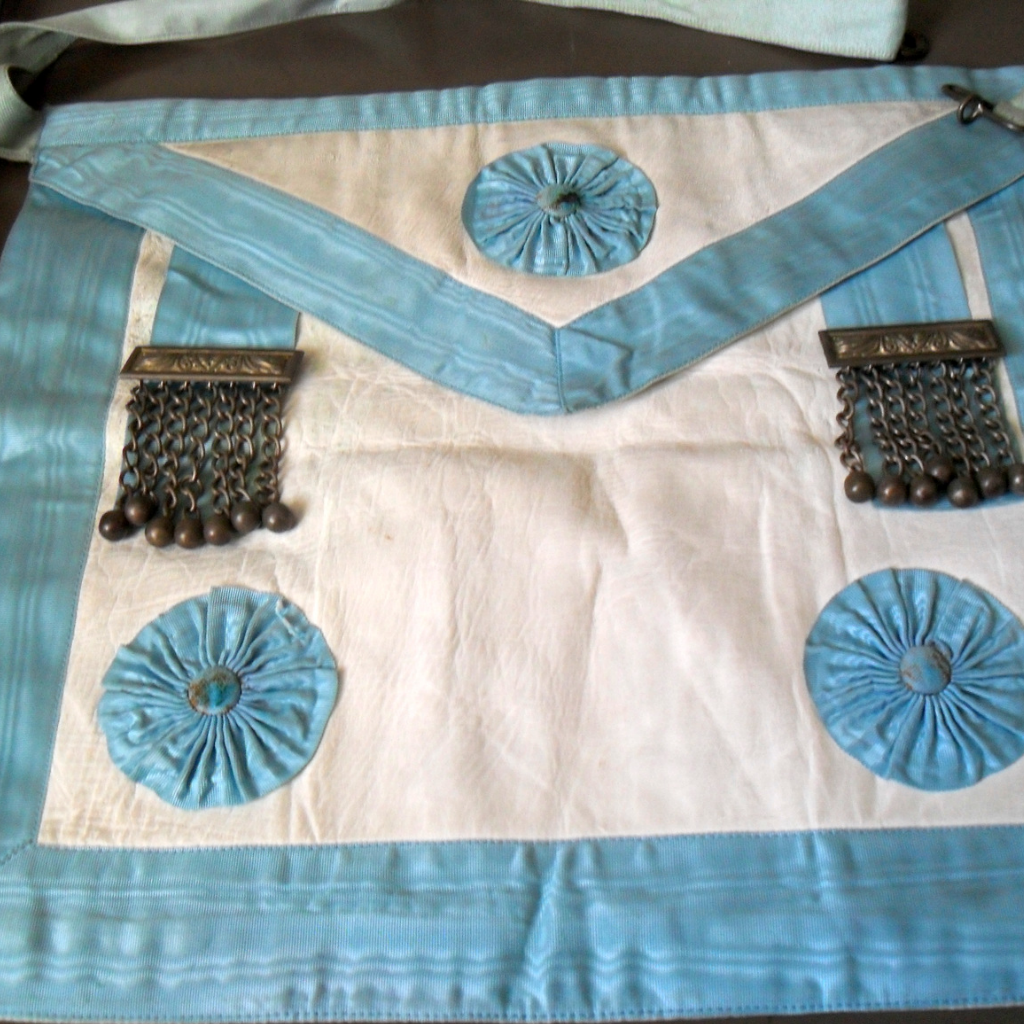
Vintage MM apron
Photo © Paul Gardner

'Churchill' type apron
Photo © Paul Gardner

Note the five-pointed star emblem in the top rosette…(detail)
Photo © Paul Gardner
BLACK MOURNING ROSETTES
Black rosettes are used as a symbol of mourning for a Brother in a Lodge, and/or after the passing of a senior or royal member of the Craft.
They were used far more in the past than in current times.
The historical use of the colour black as a symbol of mourning dates back centuries; the Victorians were especially dedicated to the art of mourning and the wearing of black clothing, mourning jewellery, and rosettes (or cockades) was customary and often continued for many months, or in the case of Queen Victoria after the death of her husband Albert, her black-clad mourning lasted for the last forty years of her life.
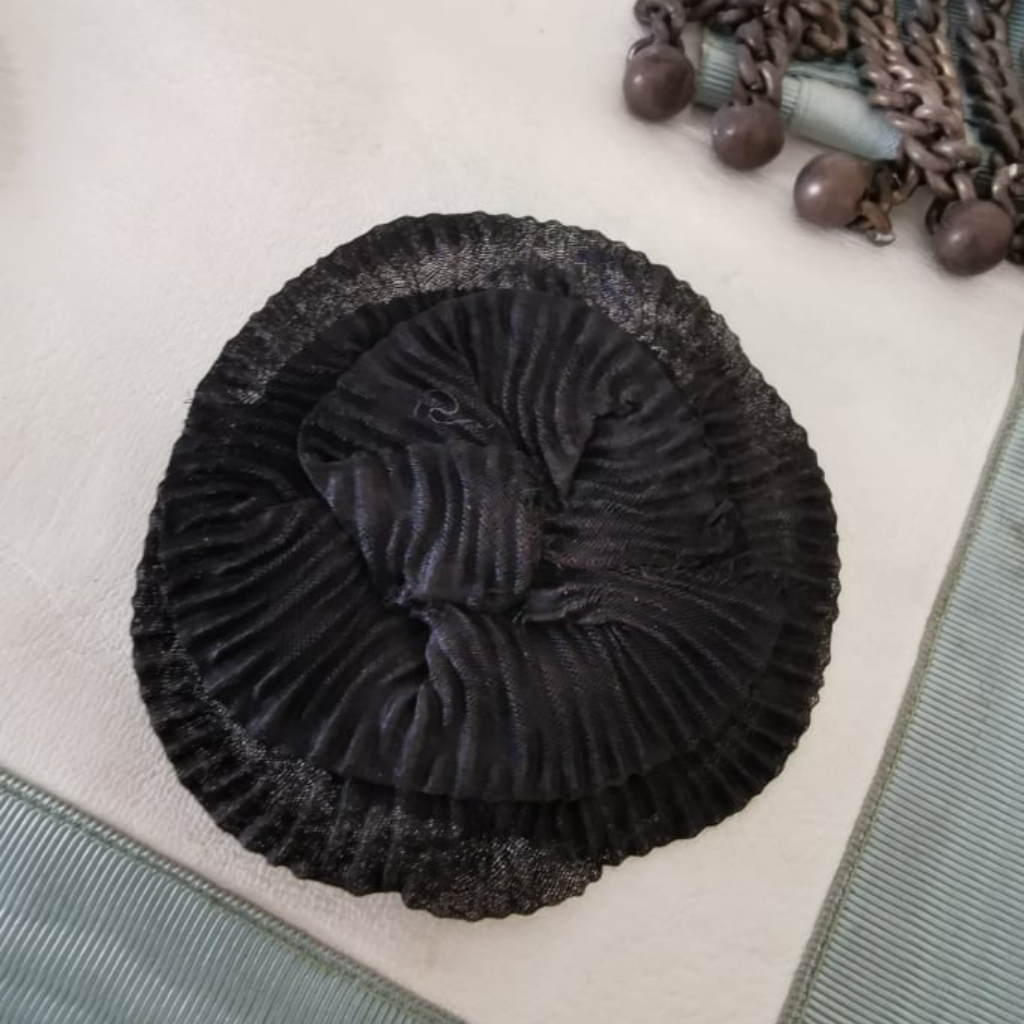
A vintage mourning rosette
Photo © James Palmer
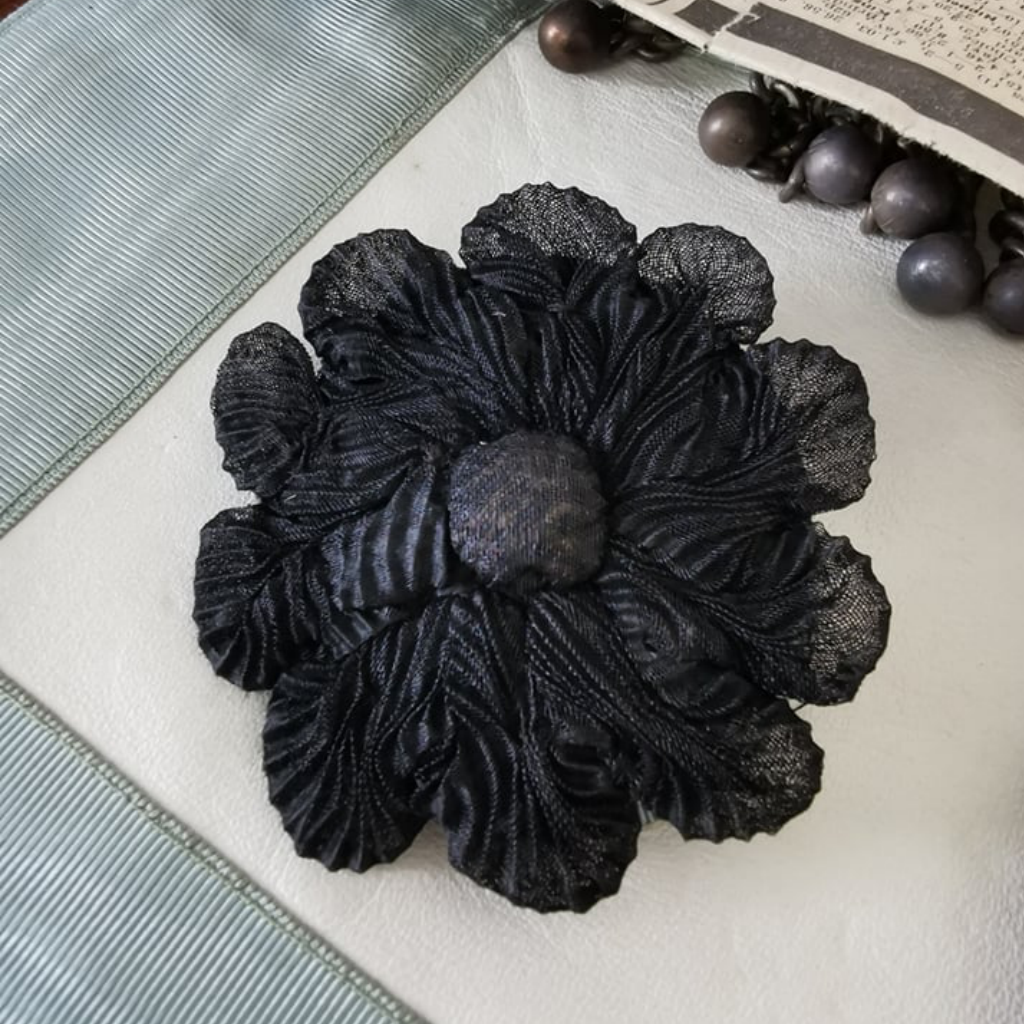
Beautifully crafted vintage mourning rosette
Photo © James Palmer
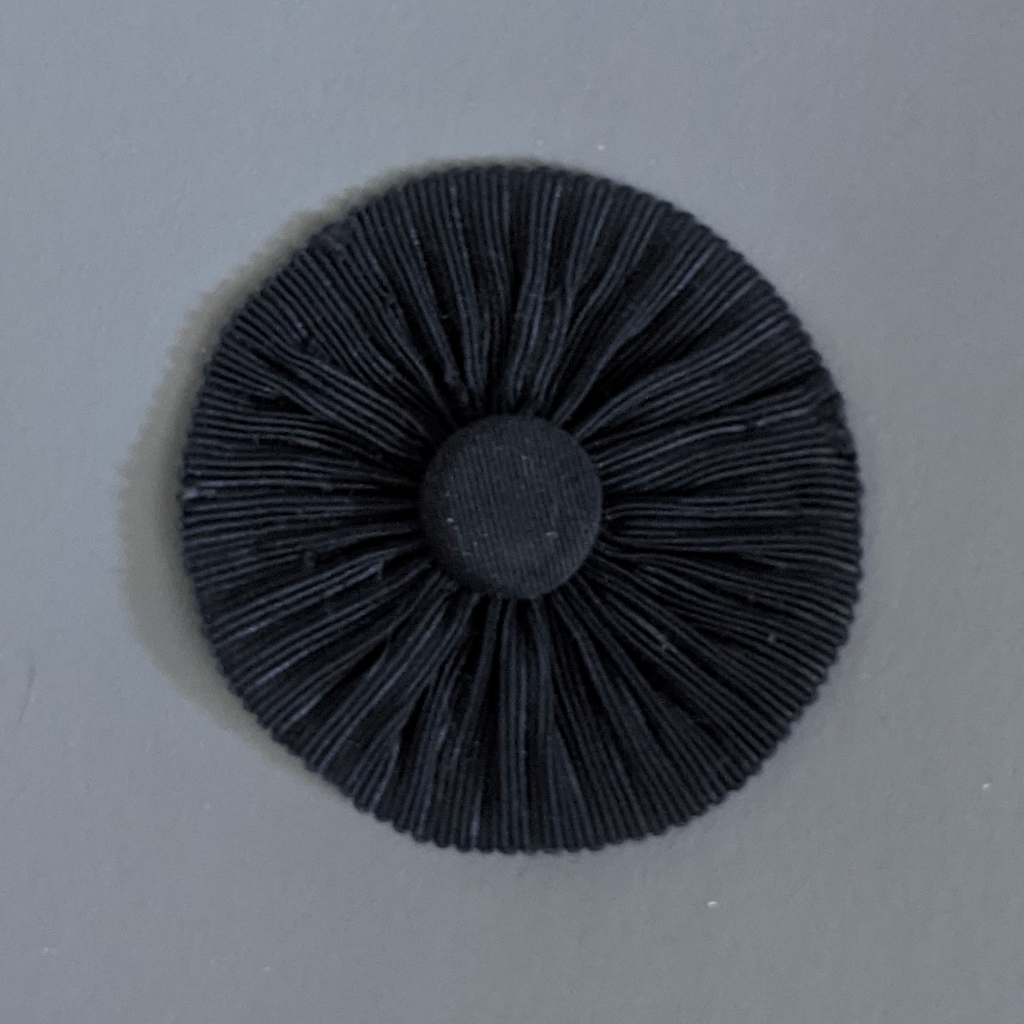
A modern mourning rosette kindly gifted to the Editor by Paul Gardner
Photo © Philippa Lee
SCOTTISH
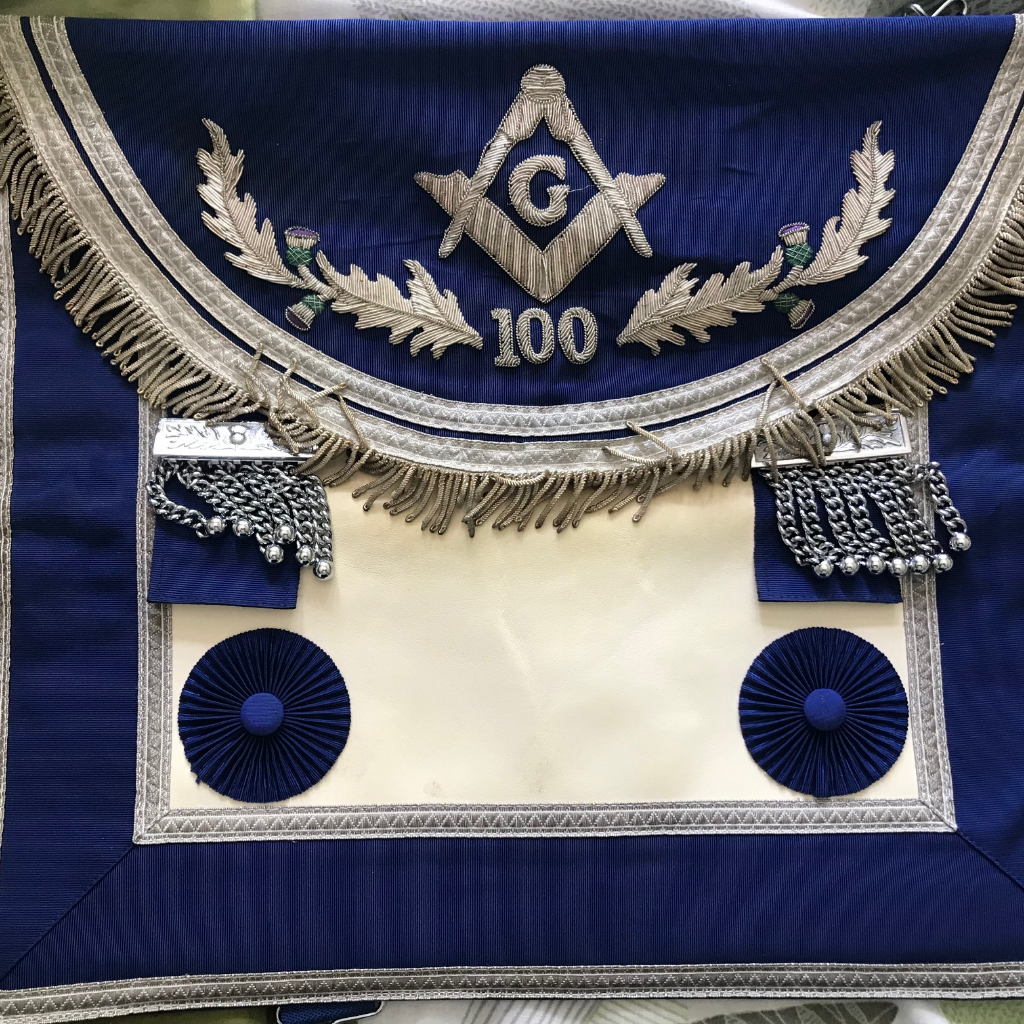
Scottish - Lodge 100
Photo © Simon Polkinghorne
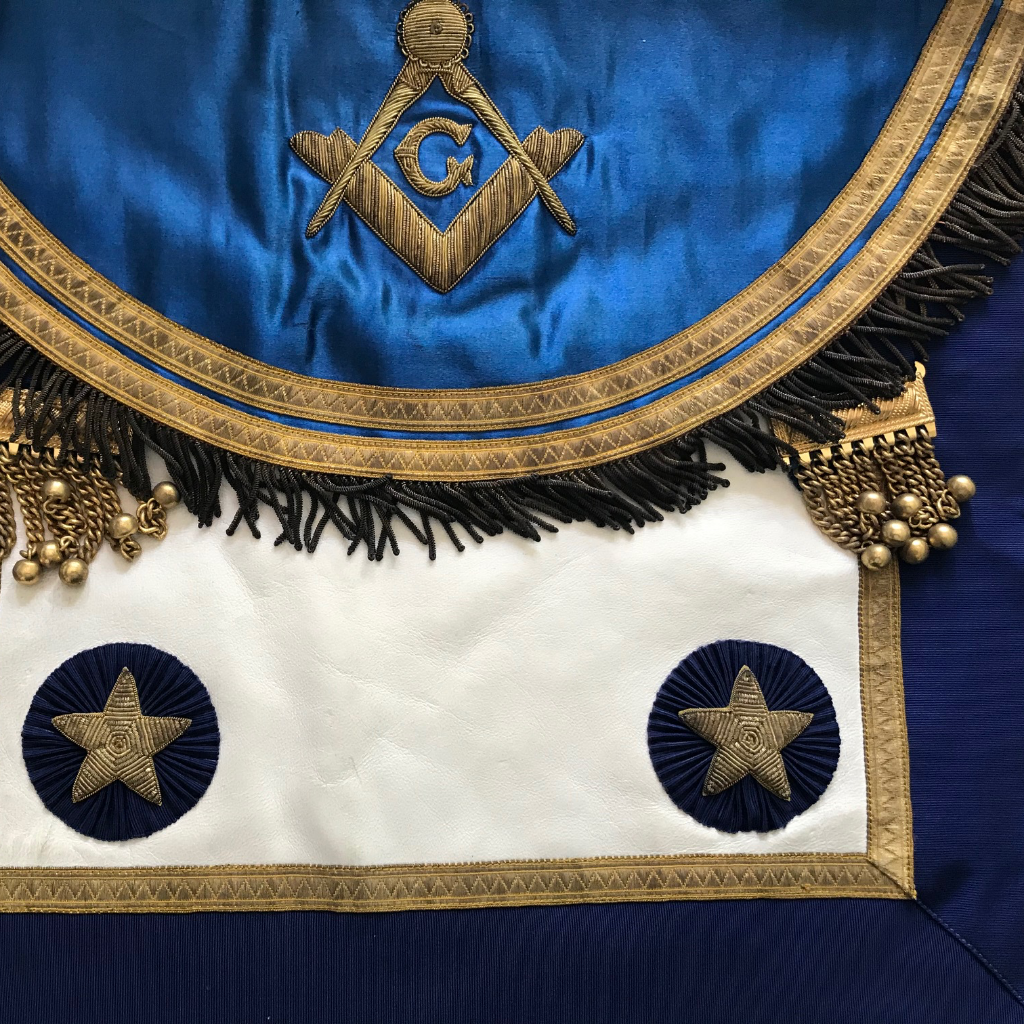
Scottish apron
Photo © Simon Polkinghorne
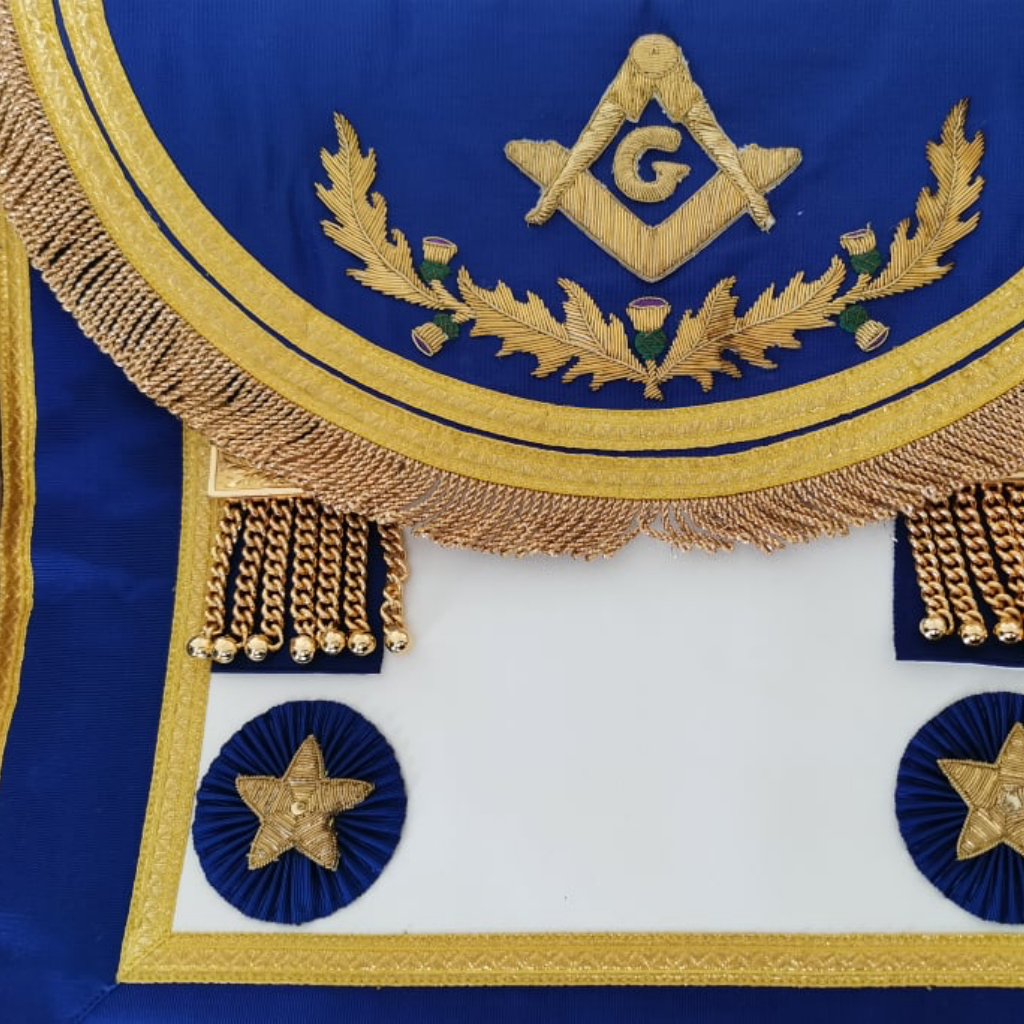
Scottish apron
Photo © James Palmer
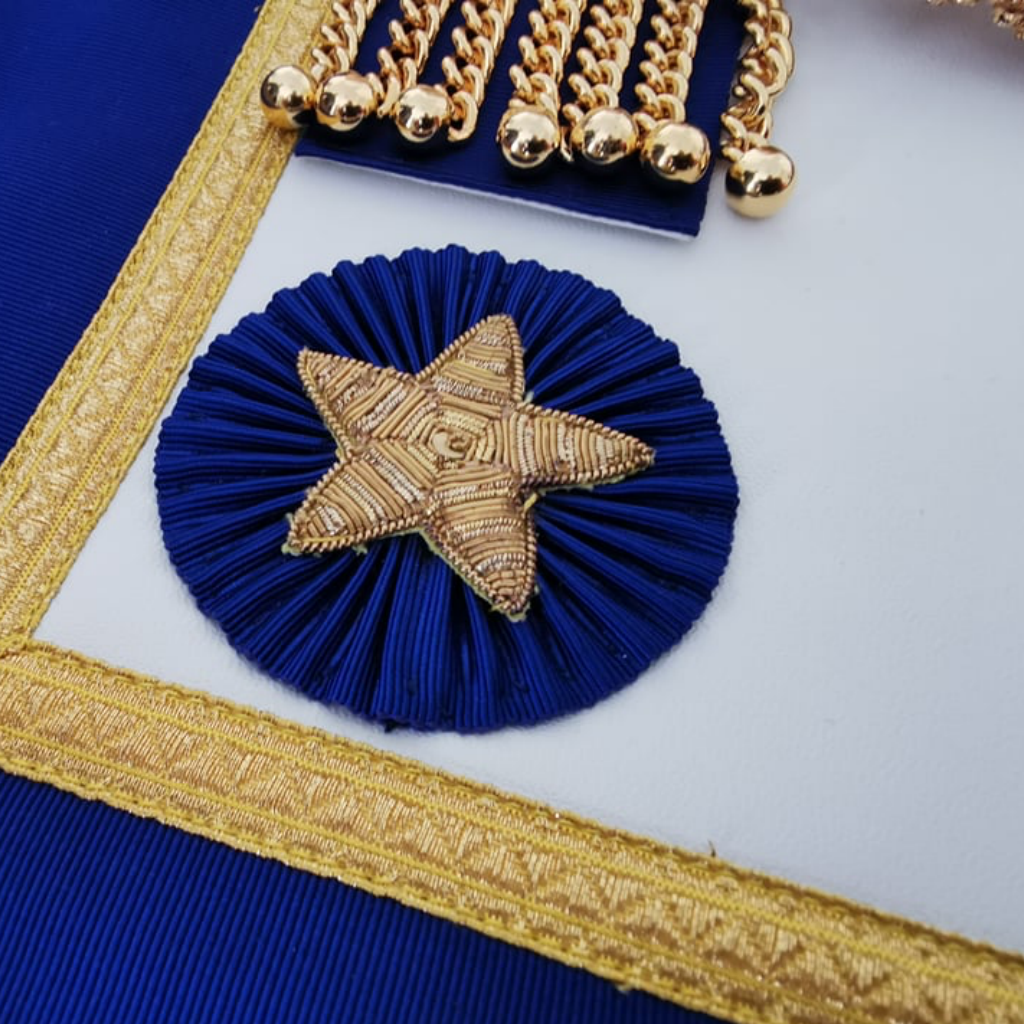
Detail of rosette
Photo © James Palmer
APPENDANT ORDERS
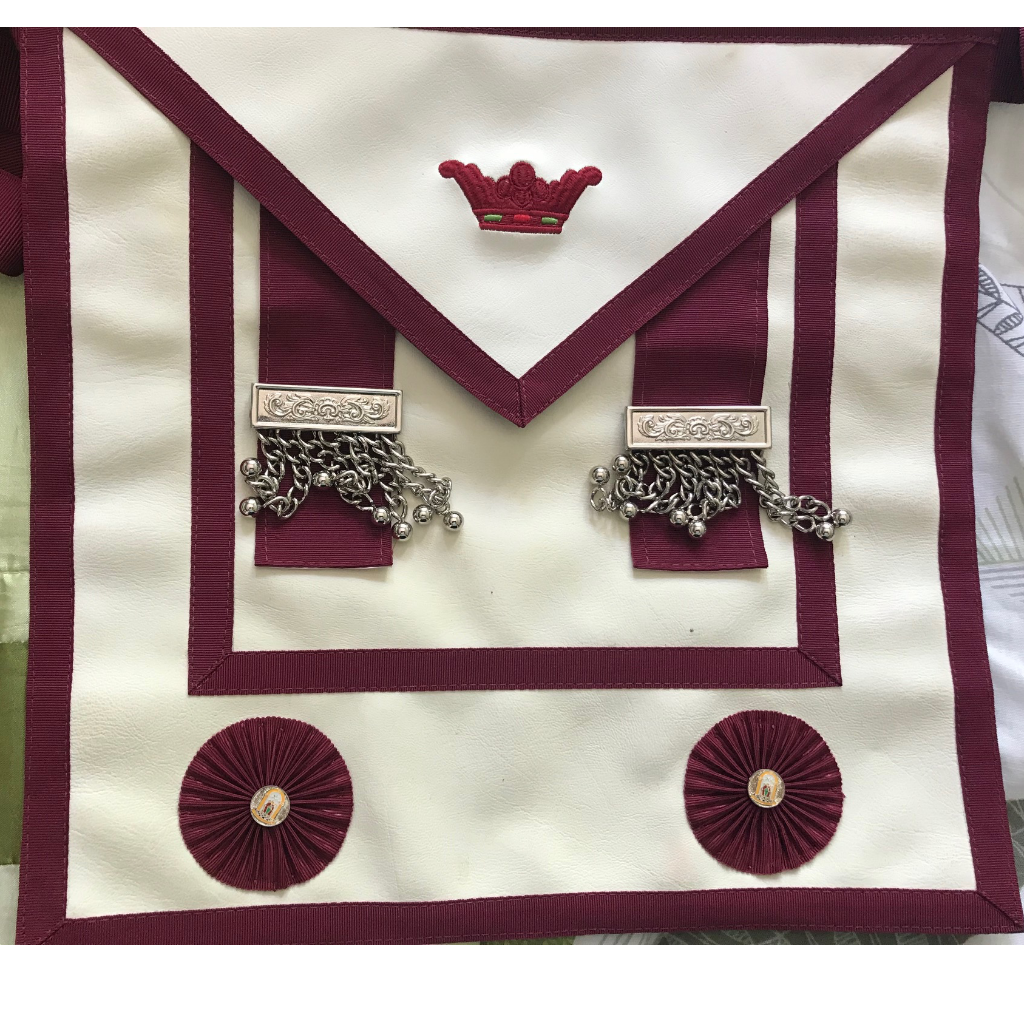
Order of Athelstan
Photo © Simon Polkinghorne
The Masonic Order of Athelstan formed in 2005, growing out of the shared interests that a number of like-minded individuals had in the origins of Masonry.
Candidates must be subscribing Craft Freemasons as well as subscribing Companions of a Royal Arch Chapter in full amity with the United Grand Lodge of England.
You can read more about the Order here https://www.athelstan.org.uk/
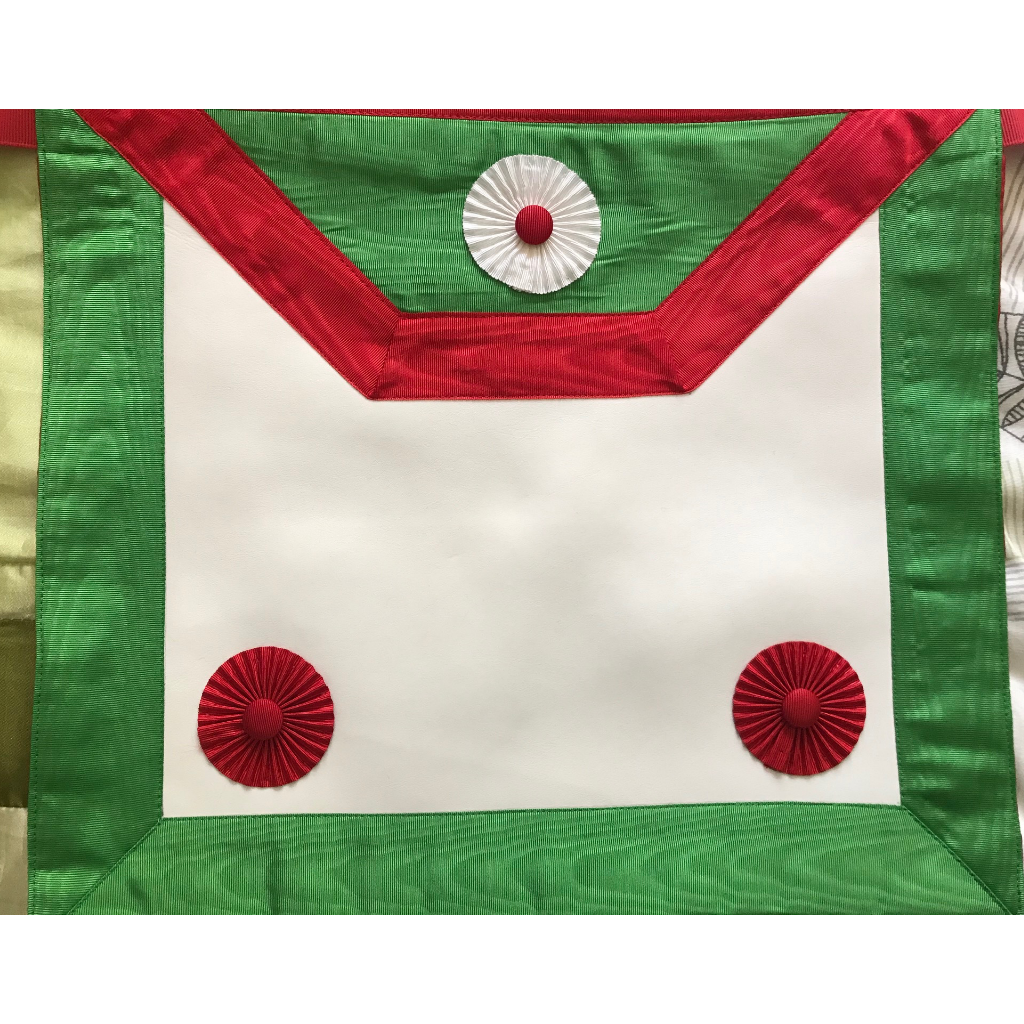
Knights Beneficent of the Holy City (KBHC)
Photo © Simon Polkinghorne
The KBHC is the anglicised name of a very old and very “elite” masonic body known worldwide as “CBCS”, short for “Chevaliers Bienfaisant de La Cite Sainte”.
You can read more about the Order here: https://www.markmasonshall.org/orders/knights-beneficent
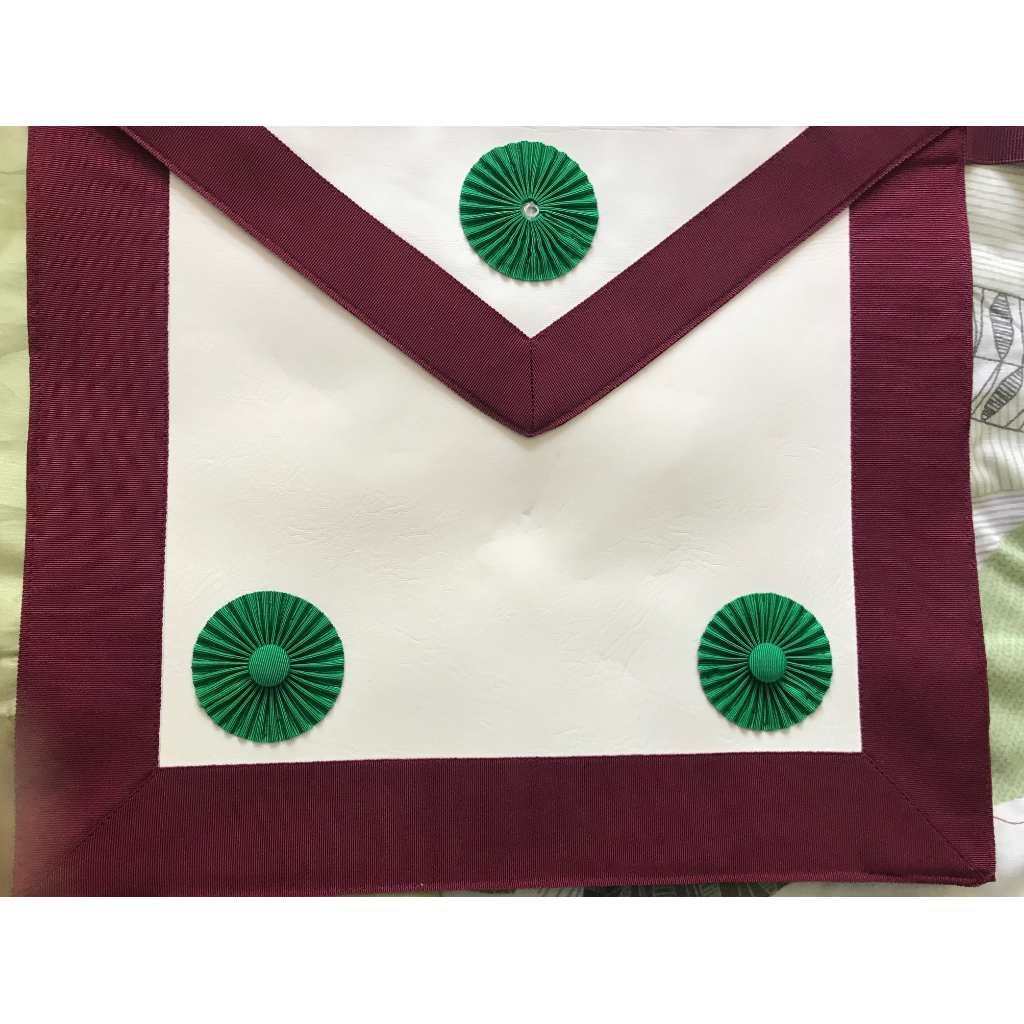
Order of Knight Masons – Irish
Photo © Simon Polkinghorne
The Order of Knight Masons was created specifically to perpetuate Masonic style Degrees which had been conferred in a variety of different bodies for centuries.
Versions of the degrees had been given across the globe in a truncated fashion certainly since the early 1700s.
You can read more about the Order here: https://freemason.ie/about-grand-lodge/appendant-bodies/grand-council-of-knight-masons/
FRENCH (?)
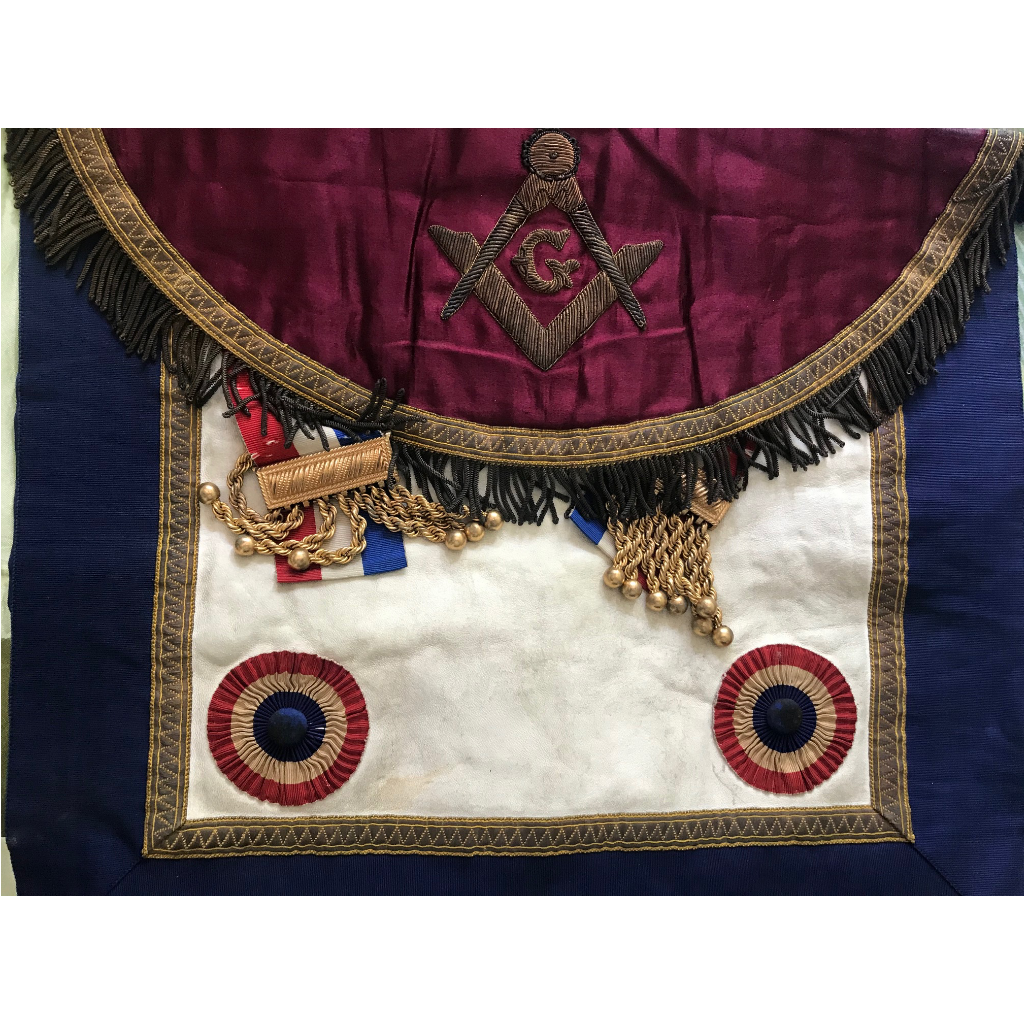
A (possible?) French apron
Photo © Simon Polkinghorne
The materials, embroidery, and braid work on this apron are exquisite – if anyone knows more about the origins of this design, please do let us know! Drop me a line – editor@thesquaremagazine.com
Article by: Philippa Lee. Editor

Philippa Lee (writes as Philippa Faulks) is the author of eight books, an editor and researcher.
Philippa was initiated into the Honourable Fraternity of Ancient Freemasons (HFAF) in 2014.
Her specialism is ancient Egypt, Freemasonry, comparative religions and social history. She has several books in progress on the subject of ancient and modern Egypt. Selection of Books Online at Amazon
Recent Articles: Masonic Miscellanies
 Masonic Miscellanies - The Amulet of the Ladder Explore the cosmic significance of the Ladder in ancient Egyptian mythology through Wallis Budge's "Egyptian Magic." Discover how this profound symbol bridges the mortal and divine, encapsulating the Egyptians' fervent afterlife aspirations with a blend of myth, magic, and material culture. Dive into the celestial ascent of Osiris and mortal souls. |
 Masonic Miscellanies - Adulterine Gilds Guilds, the associations that shaped medieval European society, were more than just organizations of artisans and merchants. They played a vital role in the economic and social development of towns and cities. This exploration delves into the intriguing concept of adulterine gilds and their interconnectedness with guilds, offering insight into the significance of legal authorization and recognition in medieval Europe. |
 Masonic Miscellanies - Masonic Orb Discover the fascinating world of Masonic ball watch fobs, intricately crafted with tiny pyramids that form a cross when opened. These decorative accessories were all the rage in the late 1800s and early 1900s, and they still hold a certain allure today. Explore the different varieties and symbols found on these unique pieces that carry deep Masonic meaning. |
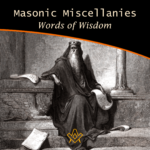 Masonic Miscellanies – Words of Wisdom Uncover timeless wisdom from King Solomon to Albert Pike in our latest Masonic Miscellanies, a treasure trove of insights for Masons. Journey through the ages and glean inspiring sayings, reflecting on their profound influence on Masonic principles. An enriching read for the enlightened. |
 Masonic Miscellanies - Symbolism of the Right Hand Unlock the enigmatic realm of Freemasonry as we delve into its age-old symbols, rituals, and philosophies. This thought-provoking exploration, drawn from Mackey's Revised Encyclopedia of Freemasonry, focuses on the iconic 'right hand' symbol - its rich history, universality, and profound significance. |
 Masonic Miscellanies - Order of the Secret Monitor Unveil the mystery of Freemasonry with 'The Order of the Secret Monitor'. Discover this lesser-known appendant order, its unique rituals, and the profound teachings it offers. Explore the bonds of friendship and brotherhood it fosters, all wrapped in an intriguing cloak of mystery. Your journey into the depths of Masonic wisdom begins here. |
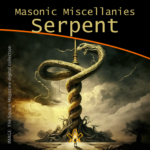 Masonic Miscellanies - The Symbol of the Serpent As a symbol, the serpent obtained a prominent place in all the ancient initiations and religions. |
 Masonic Miscellanies - The Four Veils in Royal Arch Masonry What are the four veils in Royal Arch Masonry? And what is the 'Ceremony of Passing the Veils'? Although common throughout Scotland, Ireland and the United States, it is mostly unknown in England, presently only worked in the Province of Bristol. ( and by dispensation ) |
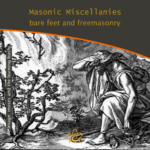 Masonic Miscellanies - Bare feet and Freemasonry A candidate for initiation into a Masonic Lodge often finds the requirements which he/she must fulfil somewhat odd. The mode of preparation often remains a puzzle, since the ritualistic explanation is not offered in full. Why are we 'slipshod' or "bare-footed" in Masonic Ritual? |
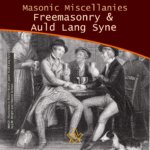 Masonic Miscellanies – Freemasonry and Auld Lang Syne Millions of people throughout the world will sing Auld Lang Syne to see out the Old Year. Few will know all the words, fewer still know what they mean, or that there is a link to Freemasonry. |
 Masonic Miscellanies - The Mosaic Pavement - why mosaic, why pavement? We are all familiar with the black and white chequered flooring of the Masonic lodge but where did it originate? There are a few theories… |
 Masonic Miscellanies – Masonic Master's Carpets Have you got a magic "Masonic Master's Carpet" in your lodge? I say 'magic' with my tongue firmly in my cheek because (as far as I know) these fabulous works of art don't bestow any mystical powers but can bestow some educational ones! However, considering their possible value today, they may magic up some interest (or funds). |
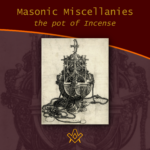 Masonic Miscellanies – The Pot of Incense Just when the pot of incense became an emblem of the third section of the Sublime Degree can not be stated with certainty. It is, apparently, an American invention or addition. But what does it symbolise? |
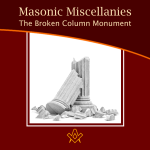 Masonic Miscellanies - The Broken Column Monument The story of the broken column was first illustrated by Amos Doolittle in the "True Masonic Chart" by Jeremy Cross, published in 1819. |
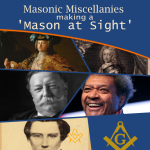 Masonic Miscellanies - Making a 'Mason at Sight' What does it mean to make a 'Mason at sight', and who was made one? |
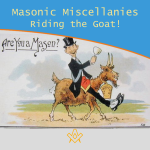 Masonic Miscellanies - Riding the Goat! Many Freemasons will have come across the phrase 'riding the goat', and will no doubt have been the butt of a joke about it (sorry, I couldn't resist!) But what does it mean and where did the phrase come from? |
 Masonic Miscellanies - What are the 'three dots'? Three dots or points in an upright triangular shape ∴ is most commonly known as the 'therefore' sign – so why is it used in Freemasonry? |
 Masonic Miscellanies - Keep Within Compass This month we discover a series of allegorical prints warning us to "Keep within Compass and you shall be sure, to avoid many troubles which others endure." |
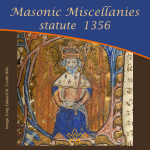 Masonic Miscellanies - statute 1356 Further to the reference in the article – The Builders - 6 - Free-Masons 'a statute was enacted against the Free-masons in 1356' – Regulations for masons who are hewers, on the one hand, and the light masons and setters on the other. |
 Masonic Miscellanies - An Anti-Masonic 'Apron'? The Anti-Masonic 'Apron' was created during the 1832 Presidential election in USA. It was not Ani-masonic. And it was not an apron. Read on to find out what and why it was created. |
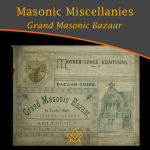 Masonic Miscellanies - Grand Masonic Bazaar (1895) Grand Masonic Bazaar (1895); to raise funds to clear the debt incurred by “Mother Kilwinning” in rebuilding their Lodge. |
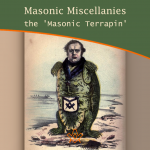 Masonic Miscellanies - the 'Masonic Terrapin' A satirical book from 1851 includes a bizarre caricature of a 'Masonic Terrapin' - all I can say is 'read on'… |
 Masonic Miscellanies - Masonic Bookplates You probably know what a bookplate is for, but did you know that the earliest known book mark/label dates from the reign of Amenhotep III in Egypt around 1391−1353 BCE?! |
 Masonic Miscellanies - Freemasonry & Bees Freemasonry & Bees - what's the buzz? The bee was among the Egyptians the symbol of an obedient people, because, says Horapollo, of all insects, the bee alone had a king. |
 Masonic Miscellanies - The mystery of the Tattooed Freemason In 1894, the body of a drowned man was found in the Bay of San Francisco - what they discovered was amazing. |
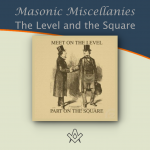 Masonic Miscellanies - The Level and the Square (A Poem) The Level and the Square (A Poem) - "We meet upon the Level, and we part upon the Square – |
 Masonic Miscellanies - The Mystic Tie What is the 'Mystic Tie'? Clue: it's not an item of neckwear! |
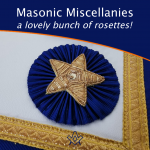 Masonic Miscellanies - A lovely bunch of rosettes! Where did the origin of the use of rosettes on Masonic aprons come from ? |
 Masonic Miscellanies - The Lodge of Sorrow The Lodge of Sorrow - Extracted General Ahiman Rezon, by Daniel Sickles, [1868] |
 Masonic Miscellanies - Memento Mori Memento Mori - a Masonic reminder to make your mark on the world |
 Masonic Miscellanies - A closer look at the Level and the Plumb-rule A closer look at the Level and the Plumb-rule |
 Masonic Miscellanies - The Symbolism of the Gloves The Symbolism of the Gloves and why Freemasons wear white gloves |
 Masonic Miscellanies - Will the real James Anderson please stand up? Will the real James Anderson please stand up? |
 Masonic Miscellanies - The Legend of the Third Degree The most important and significant of the legendary symbols of Freemasonry is, undoubtedly, that which relates to the fate of Hiram Abif. |
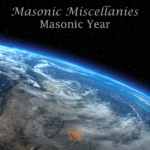 Masonic Miscellanies - Masonic Calendar Why do Freemasons use different 'years' to our regular calendar? |
 Masonic Miscellanies - What is a 'Lewis'? The English word 'Lewis' is a term belonging to operative Masonry, and signifies an iron cramp, which is inserted in a cavity prepared for the purpose in a large stone. |
 Masonic Miscellanies - From J.S.M. Ward Ever wondered why masons had to be 'free' or why we have a Tyler? |
masonic knowledge
to be a better citizen of the world
share the square with two brothers

click image to open email app on mobile device
Tubal Cain
Masonic Aprons NFT
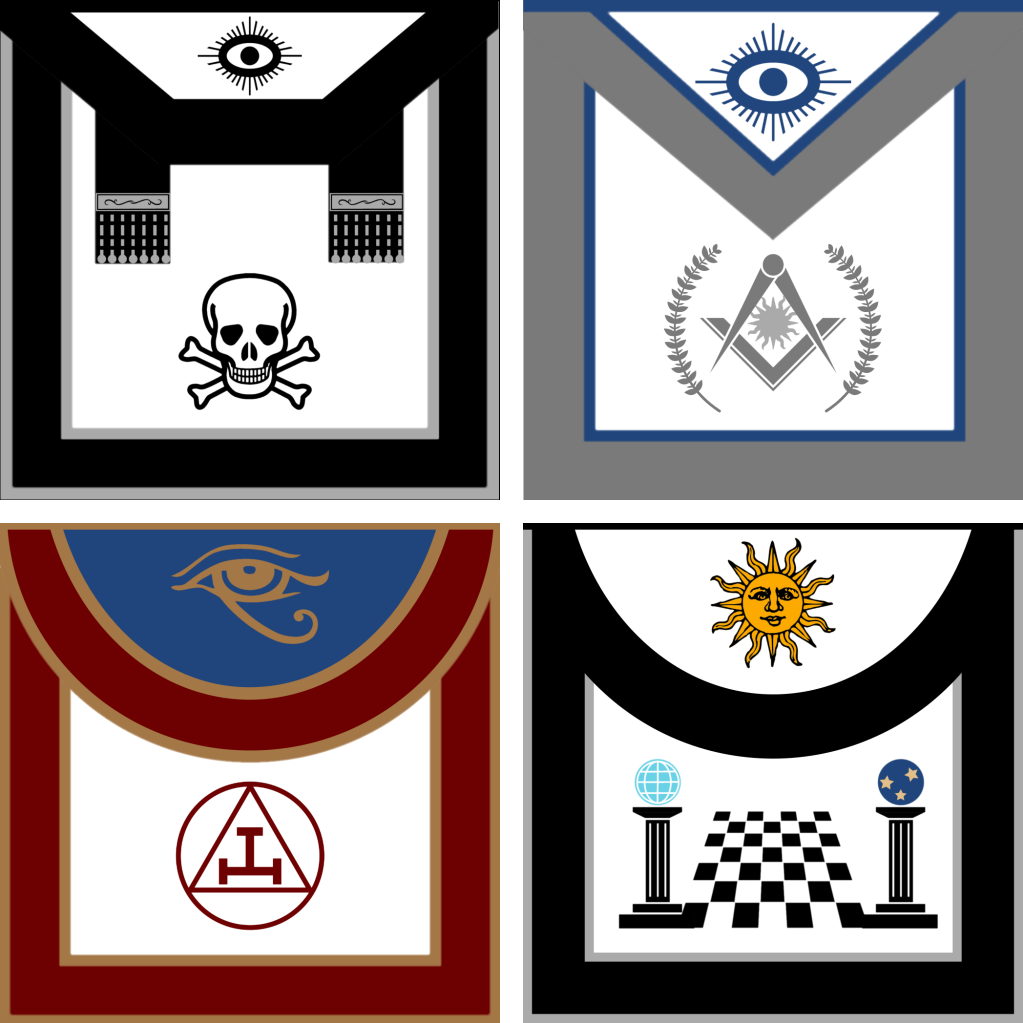



Each Tubal Cain Masonic Apron NFT JPEG includes a full size masonic apron and worldwide shipping
